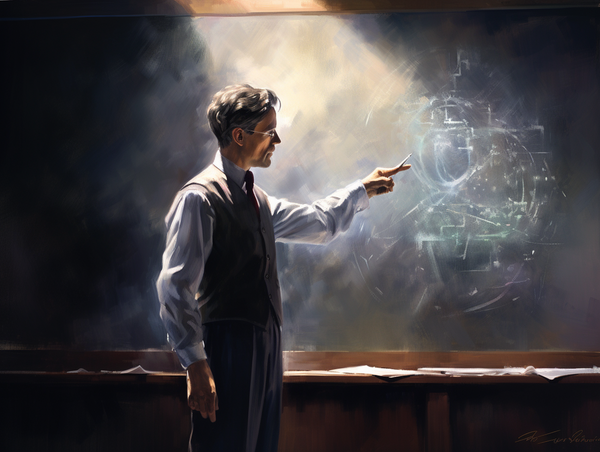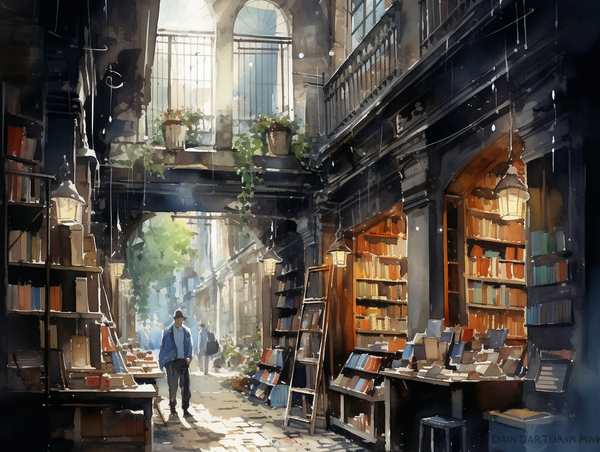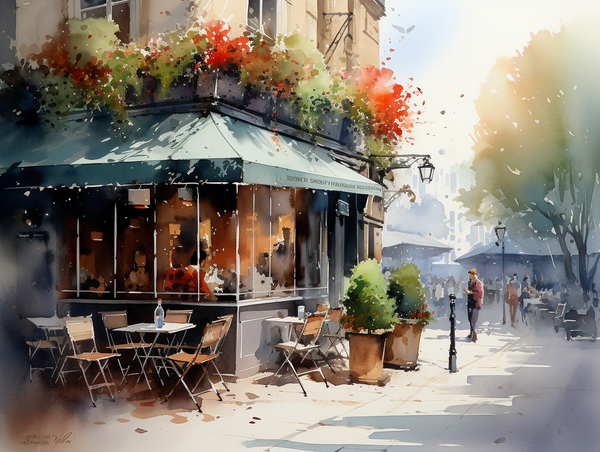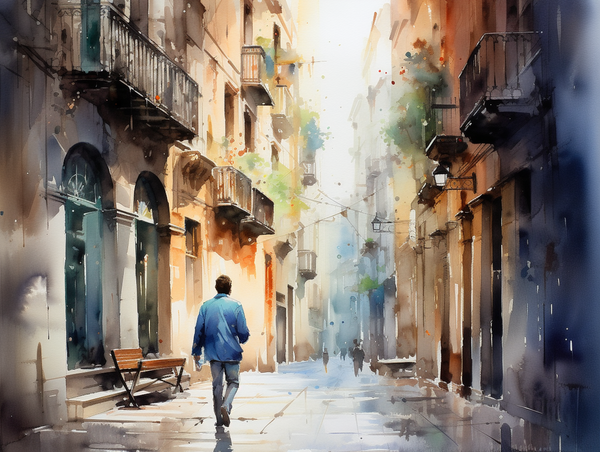Painted in glass and time
The colours of Murano told their stories most eloquently along the water. The reflections in the water below created perfect mirror images, broken only by the gentle wake of passing boats.
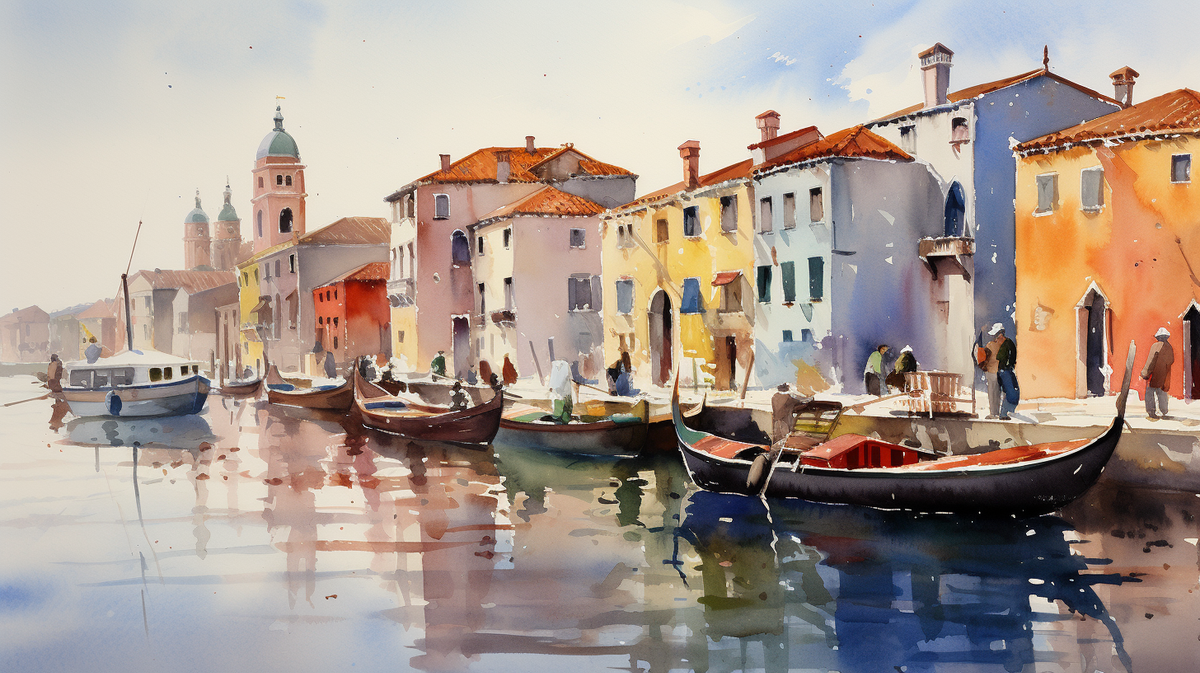
The vaporetto lurched against the jade waters as we approached Murano, the morning sun casting liquid gold across the lagoon. I stood at the bow, watching the island materialise as a canvas of colours - facades in Venetian red, ochre, and terracotta rose from the jade-green canals. Ribbons of terracotta, ochre, and burnt sienna buildings rising from the sea. Centuries-old palazzi wore their patina proudly: Byzantine blue shutters against honey-colored walls, weathered pink plaster revealing layers of history. The salt air whipped my hair into a frenzy, carrying whispers of centuries-old secrets from this legendary island of glass makers.
My first step onto Fondamenta dei Vetrai felt like crossing a threshold into a world where time moved differently. The main canal, Rio dei Vetrai, stretched before me like a liquid street, its waters reflecting the symphony of colored houses on either side. A passing fisherman's boat created gentle ripples that made the reflections dance, transforming the canal into a living impressionist painting.
The morning crowd was thin - mostly locals going about their business, nodding brief "buon - giornos" as they passed. An elderly woman in a blue apron swept her doorstep, her broom making a rhythmic scratch-scratch against the centuries-old stone. The houses along the canal stood like a row of giant candies - pink, yellow, orange, and cream - their peeling paint and weather-worn shutters telling stories of countless Venetian summers and winters.
I'd done my research, but nothing prepared me for what I was about to witness. The glassmakers' fornaci were already alive with activity. Through ancient wooden doors, glimpses of fire danced in massive furnaces. Inside the workshops, maestri worked their magic, transforming molten glass the color of sunset into delicate forms. The air shimmered with heat as they manipulated gather balls glowing at 1200 degrees. Their practiced movements created streams of cobalt blue, swirls of aventurine gold, and clouds of milky lattimo white.
Through the open door of Vetreria Artistica Colleoni, I saw him - a man in his sixties, his forearms thick as tree branches, performing what looked like a choreographed dance with molten glass. The furnace roared at 1500 degrees Celsius, its mouth glowing orange like a miniature sun.
"Permesso?" I called out, hovering at the entrance.
"Entra, entra!" He beckoned without taking his eyes off the glowing mass at the end of his metal rod. His name was Marco, I would learn later, third-generation glass master.
The workshop was a theatre of heat and precision. Marco moved with the confidence of someone who had done this dance thousands of times before. He rolled the molten glass on a metal table called the marver, shaping it with tools that looked medieval. Every few minutes, he would return the piece to the furnace, spinning the rod continuously to keep the glass from drooping.
"Watch now," he said in accented English, his eyes twinkling. With a series of seemingly simple movements, he transformed the glowing blob into a delicate dolphin, its tail curved in mid-leap. The metamorphosis happened so quickly, so naturally, that it seemed like magic.
The morning slipped away as I wandered from one fornace to another. Each fornace told its own story. At Vetreria Artistica Abate Zanetti, I watched in awe as three craftsmen worked in seamless synchronisation, creating a chandelier that seemed to defy gravity. The youngest handled the initial gathering of glass, his movements precise despite the sweat beading on his forehead. The second craftsman shaped the individual pieces - crystal drops that would later catch and scatter light like frozen raindrops. The master, a white-haired man with hands that bore the scars of sixty years of glasswork, orchestrated the entire process with subtle nods and quiet commands in Venetian dialect.
"Every piece must sing," he explained, holding up a component to the light. "If it doesn't sing, we start again." As if to demonstrate, he tapped a finished crystal drop gently - it rang with a clear, pure note that seemed to hover in the hot air of the workshop.
At the Salvadore Glass Studio, I discovered the magical world of murrina-making. The ancient technique involves creating patterns in glass rods that, when cut, reveal intricate designs - like a stick of rock candy but infinitely more complex. The artisan, Anna, showed me how she layered different colored glass to create a pattern of butterflies. "My grandmother taught me this design," she said, her hands never stopping their careful work. "She learned it from her mother, who learned it during the great murrina revival of the 1920s."
Each workshop had its own specialty - some creating delicate jewellery, others crafting massive chandeliers that would soon grace palaces and hotels around the world. Hunger finally drove me to seek lunch, the morning's exploration of furnaces and workshops having built up a fierce appetite. Avoiding the tourist traps near the main bridge, with their multilingual menus and carefully staged displays of seafood, I followed Marco's tip down a series of increasingly narrow bylanes, until I found Trattoria Busa alla Torre da Lele.
The restaurant was tucked away in a quiet campo, its burgundy awning casting welcome shade over tables where local glassmakers and residents sat enjoying their pranzo. Inside, the walls told stories through their decorations - vintage sepia photographs of fornaci workers from the 1920s and '30s, their faces earnest and proud beneath flat caps, standing beside massive furnaces. Faded colour prints from the '60s showed masters teaching apprentices, their hands guiding gathering rods heavy with molten glass.
I settled at a small table near an open window, where the breeze carried the scent of the lagoon and distant furnaces. The owner, Giuseppe, whose father and grandfather had both been glassmakers, brought me a hand-written menu on worn cardboard. His recommendations came with stories - the risotto al nero di seppia was made following his grandmother's recipe, the sauce requiring precisely 45 minutes of slow cooking to achieve its midnight-black perfection.
The risotto arrived steaming, a striking contrast of black rice against the white ceramic plate, garnished with fresh parsley and a drizzle of local olive oil. Each grain was perfectly al dente, the squid ink lending a rich, briny depth that spoke of generations of lagoon fishing. A glass of crisp Prosecco from nearby Valdobbiadene provided bright counterpoint to the dish's intensity.
"See that chandelier?" Guiseppe pointed to an elaborate creation hanging above us. "My grandfather traded a month's worth of meals for it in 1962. The maestro who made it still comes here every Sunday."
After lunch I was ready to explore again and I made my way to the Museo del Vetro, housed in the ancient Palazzo Giustinian. The museum told the story of how Murano became the heart of European glassmaking. In 1291, the Venetian Republic ordered all glassmakers to move their foundries to Murano, allegedly to prevent fires in Venice proper. But the real reason, whispered my guide with a conspiratorial wink, was to keep the secrets of glassmaking contained on this island.
The afternoon light brought a different character to the island. Away from the main canal, I discovered quiet walkways where cats dozed in patches of sun, and small squares where children played football against church walls. At the Campo Santo Stefano, I sat watching the eternal dance of light through the glass master's square - a massive installation of blue and green glass sculptures that caught and transformed the sunlight.
Away from the workshops, I wandered into the residential areas where the famous coloured houses revealed their secrets. A localI met, Sergio, explained that the vibrant colours weren't just for aesthetic pleasure - they served a practical purpose centuries ago. "When fishermen returned home in the foggy lagoon," he said, gesturing at a row of houses painted in alternating shades of orange and yellow, "these colours helped them navigate. Each colour combination was like a maritime signature for different families."
We walked down Calle San Cipriano, where a particular house caught my eye - its facade a deep Byzantine blue with white trim, wooden shutters painted the colour of aged copper. "Ah, that one," Sergio smiled. "The blue comes from crushed lapis lazuli, a tradition from when Murano traded glass beads for precious stones with Middle Eastern merchants. The family has maintained that exact shade for three generations."
The colours seemed to shift with the changing light - terracotta walls warming to amber in the late afternoon sun, pale pink facades taking on a pearlescent glow. On Fondamenta Manin, I watched a local woman hang laundry between two coral-coloured houses, the white sheets billowing against the painted walls like sails. The scene was so perfectly composed it could have been a staged photograph, but it was simply everyday life here.
A group of children played calcio in a small campo, using doors painted different shades of green as goalposts. Their shouts echoed off walls of ochre and sienna, while overhead, wrought iron balconies dripped with geraniums that added their own splashes of crimson to the colour palette. An elderly man emerged from a doorway painted the colour of Venetian red - that distinctive earthen tone that appears in so many Renaissance paintings - to shoo away a ball that had strayed too close to his window boxes.
Near the Palazzo da Mula, I discovered a hidden courtyard where the houses formed a rainbow semicircle around a well head worn smooth by centuries of use. Each house represented a different family's history - one in pale yellow was once home to a family of bead makers, another in deep red belonged to a long line of furnace workers. The current residents had maintained these colors out of respect for tradition, even as satellite dishes and air conditioning units discretely suggested the march of modernity.
The colours of Murano told their stories most eloquently along the water. On Rio dei Vetrai, the main canal, the houses stood like an artist's color wheel come to life. Near the Colonna bridge, a row of buildings transitioned from deep Venetian rose to burnt sienna, then to a golden yellow that locals called 'polenta gold'. The reflections in the water below created perfect mirror images, broken only by the gentle wake of passing boats.
Along Fondamenta Serenella, where the canal bent sharply, the houses seemed to have been colour-coordinated by someone with a keen eye for sunset hues. They progressed from the palest shell pink through coral, salmon, and finally to a deep terracotta. An old glass maker's residence stood out here - its facade painted in a distinctive shade of amber that exactly matched the famous Murano glass colour. Its neighbour, in contrast, wore a shade of green so soft it appeared almost silver in certain lights.
The narrowest canal, Rio dei Piccoli, offered the most intimate display of Murano's colour artistry. Here, where the buildings stood so close they almost touched across the water, the colours played off each other like notes in a visual symphony. A house painted the colour of ripe peaches stood beside one in lavender grey, which neighboured another in a yellow so pale it seemed to glow from within. Wooden shutters in forest green and deep burgundy added punctuation marks to these coloured walls.
The houses along Rio dei Vertrari told the story of Murano's glass-making heritage through colour. One building, home to generations of a renowned glass-making family, was painted in a unique shade of cobalt blue - the same colour this family was famous for achieving in their glass pieces. Next door, a facade in ruby red honoured another family known for their mastery of red glass, while a third wore a distinctive shade of aquamarine that matched the colour of their celebrated glass beads.
Some of the most photographed houses lined Fondamenta Vetrai, where a row of buildings displayed what locals called the 'rainbow of Murano.' Starting with a deep purple-red palazzo, the colours progressed through orange, yellow, and green, ending with a house painted in a blue so deep it almost looked purple in the shadow. Each building's colour was slightly muted, aged by sun and salt air into the perfect weathered patina that made Murano's palette so distinctive.
Each canal offered its own colour story, each corner its own particular harmony. Even the smallest rio might surprise you with a perfectly preserved 15th-century palazzo wearing its original mineral-based pigments, or a humble fisherman's house painted in colours so perfectly chosen they could have been selected by Tiepolo himself. This was Murano's palette - practical in origin, artistic in execution, and utterly captivating in effect.
The narrowest street I discovered, Calle del Paradiso, was barely wider than my outstretched arms. Here, the houses leaned toward each other like old friends sharing secrets, their colours creating an intimate dialogue - coral pink beside butter yellow, sage green conversing with pale terracotta. Laundry lines crisscrossed overhead, today's washing adding temporary stripes of white to the vertical canvas of the walls. An ancient wooden door, painted a weathered turquoise, bore a brass knocker worn to a patina by countless hands.
The back streets revealed Murano's most intimate faces. On Calle degli Orti, every house wore its personality openly. One facade, painted the color of ripe persimmons, featured a collection of glass flowers embedded around its doorway - the owner, I learned, was a retired glass master who had decorated his home with pieces deemed too imperfect for sale but too beautiful to discard. Next door, a house the colour of young olive leaves had windows framed by intricate Byzantine-style carvings, painted in white to stand out against the green like delicate lace.
Hidden gardens peeked through iron gates - unexpected oases where fig trees and grape vines grew against walls painted in shades of faded rose and morning sky blue. On Fondamenta Giustinian, I discovered a row of houses that displayed the full palette of Venetian pinks - from the palest dawn blush to the deep rose of summer sunsets. Each door was numbered with hand-painted ceramic tiles, many bearing the distinctive style of local artisans.
The canals themselves acted as mirrors, doubling the visual feast. In the rare moments when the water was still, the reflected houses created perfect symmetrical paintings, broken only by the occasional passing of a fishing boat or water taxi. Near the Palazzo da Mula, where a smaller rio curved gently, the afternoon sun hit the water at such an angle that the reflected colours seemed more vivid than their solid counterparts above - a parallel Murano that existed only in water and light.
As the day wound down, the setting sun worked its own brand of alchemy on the coloured houses. Long shadows created new geometries across the facades, while the last direct rays set windows ablaze with reflected fire - a fitting tribute to an island built on the mastery of heat and light. Walking back toward the vaporetto stop, I passed a house painted in graduated shades of pink that perfectly matched the sky above it. A glass maker's wife was watering the basilico on her windowsill, the herbs cascading down the rose-colored wall. "Bella serata," she called out, and I couldn't help but agree - it was indeed a beautiful evening, made more so by these houses that wore their history in layers of pigment and pride. When the vaporetto pulled away from Murano that evening, the island was bathed in the kind of light that glass makers must dream about - soft, golden, transformative. The colored houses along the canal had taken on deeper hues, their reflections in the water creating a double reality. A last glimpse caught the dome of the Church of Santa Maria e San Donato, its bell tower standing sentinel over this island of artisans, just as it had for centuries.
In my bag, carefully wrapped, was a small glass horse I'd bought from Marco - not the finest piece in his collection, but one I'd watched him make from start to finish. It would serve as a tangible reminder of this day, though I hardly needed one. Murano had etched itself into my memory like an artisan etching details into cooling glass - permanent, precise, and somehow both ancient and eternally new.

